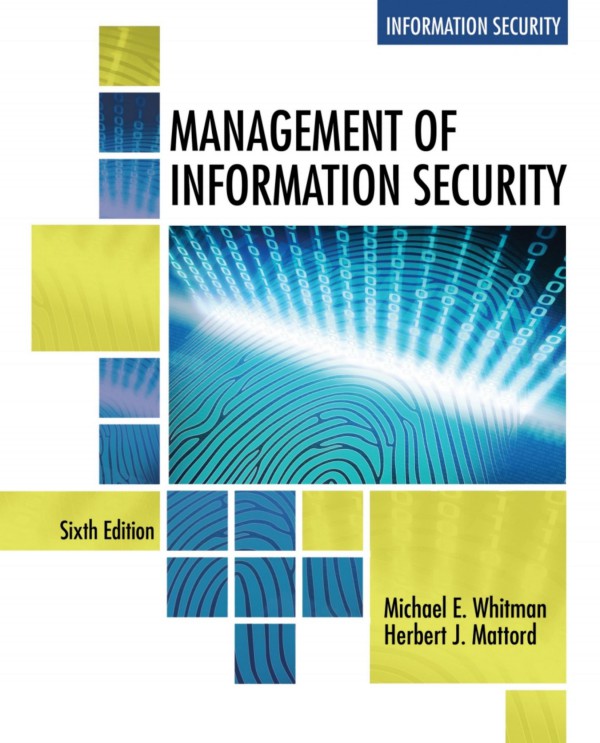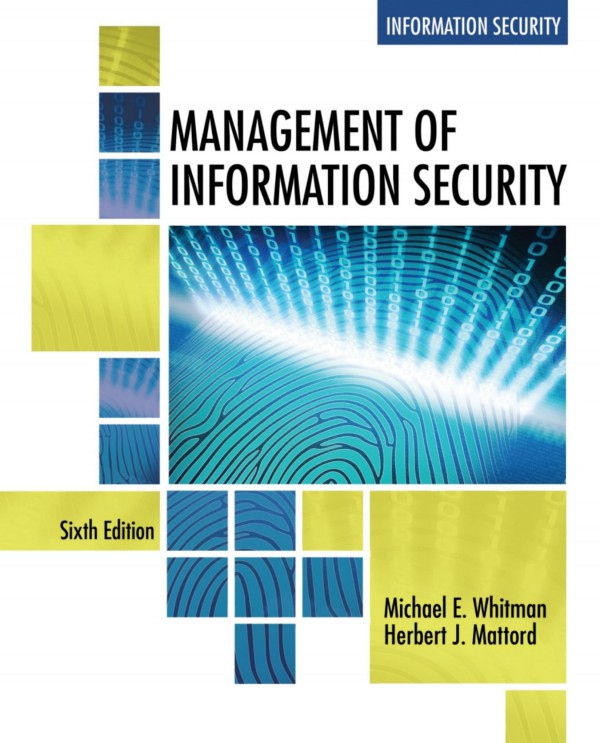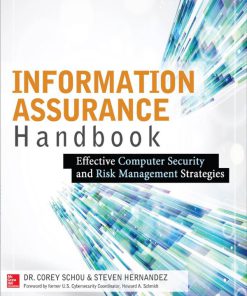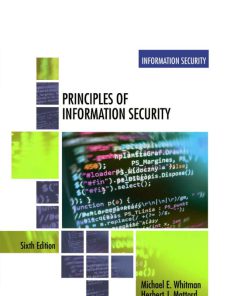Management of Information Security 6th edition by Michael Whitman, Herbert Mattord ISBN ‎ 133740571X 978-1337405713
Original price was: $50.00.$25.00Current price is: $25.00.
Authors:Michael E. Whitman; Herbert J. Mattord , Series:Cyber Security [36] , Tags:Computers; Security; General , Author sort:Whitman, Michael E. & Mattord, Herbert J. , Ids:Google; 9781305856257 , Languages:Languages:eng , Published:Published:Mar 2016 , Publisher:Cengage Learning , Comments:Comments:Readers discover a managerially-focused overview of information security with a thorough treatment of how to most effectively administer it with MANAGEMENT OF INFORMATION SECURITY, 5E. Information throughout helps readers become information security management practitioners able to secure systems and networks in a world where continuously emerging threats, ever-present attacks, and the success of criminals illustrate the weaknesses in current information technologies. Current and future professional managers complete this book with the exceptional blend of skills and experiences to develop and manage the more secure computing environments that today’s organizations need. This edition offers a tightened focus on key executive and managerial aspects of information security while still emphasizing the important foundational material to reinforce key concepts. Updated content reflects the most recent developments in the field, including NIST, ISO, and security governance.Important Notice: Media content referenced within the product description or the product text may not be available in the ebook version.













